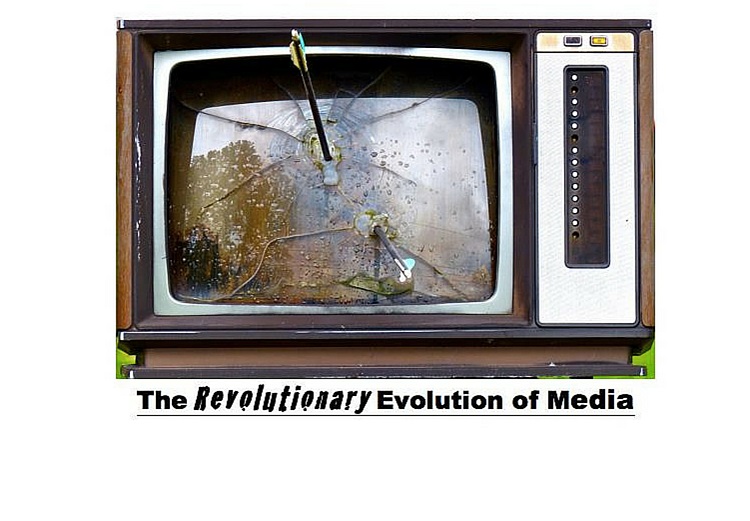TREotM: Monetizing the New Media Mix: Or, That’s Not So Simple

Chapter 13, Part 1
The Revolutionary Evolution of the Media is a book in progress. Go here to read the previous chapters.
If you program something, you need to get paid. The writers, producers, actors and production folks need to get paid. The distributor needs to get paid. The infrastructure needs to get built and maintained and the owners, yep, need to get paid.
That’s not so easy anymore, even though video programming is in another “golden age” of quality.
Television – as opposed to the broader definition today of video programming – grew up with plentiful advertising. Cable television networks added subscription fees to the mix.
Very early on, some start-up cable networks paid to be distributed by local cable systems; sort of like over-the-air networks paid local affiliates. That didn’t last very long … certainly not as long as broadcasters enjoyed.
Up until Congress decided to allow a heads-you-win, tails-they-lose carriage model for broadcasters negotiating with Multichannel Video Program Distributors, the ad-based model for over-the-air programmers ruled. The Congressional redefinition of what was once called “must carry,” allowed broadcasters to add a per-subscriber fee the revenue mix.
When that happened, MVPDs rebelled and initially refused to pay a per sub fee to so-called “free” television. Instead, a couple of the biggest MVPDs took up an idea that a couple of broadcasters who also controlled cable networks suggested: “How about paying us for another cable network and we’ll allow our broadcast network to continue to be “free.”
That’s how subscribers got another ESPN channel from then owner ABC and another this or that additional channel from the other major broadcast networks.
That went on until it became clear that the once-predicted 500-channel universe would simply be too many channels.
Meanwhile, all of those additional cable networks began to cost too much in order for the MVPD to make enough profit … so subscriber rates began annually growing at ever increasing margins.
And then the realization that too many networks meant no more new networks which meant the “free” TV station content would demand real dollars for retransmission rights and that meant even higher subscriber fees.
And then subscribers started rebelling.
Meanwhile, streaming services like YouTube and Netflix arrived via the broadband infrastructure built on the backs of programming fees.
And more and more video began showing up embedded in a wide variety of Internet web sites … The Wall Street Journal, The New York Times, Bloomberg and almost every local newspaper launched video services inside their online versions of their print products.
Next: Chapter 13, Part 2 – The History of Media Income Models
The opinions and points of view expressed in this commentary are exclusively the views of the author and do not necessarily represent the views of MediaVillage/MyersBizNet management or associated bloggers.


